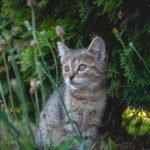Cats have long intrigued humans with their curious behaviors and undeniable charm. Known for their independence, cats are often perceived as enigmatic creatures. However, beyond their mysterious allure lies a level of intelligence that is both complex and fascinating. Studying feline intelligence not only helps improve the relationship between cats and their owners but also sheds light on their intricate cognitive abilities, including problem-solving and memory skills.
The Evolutionary Roots of Cat Intelligence
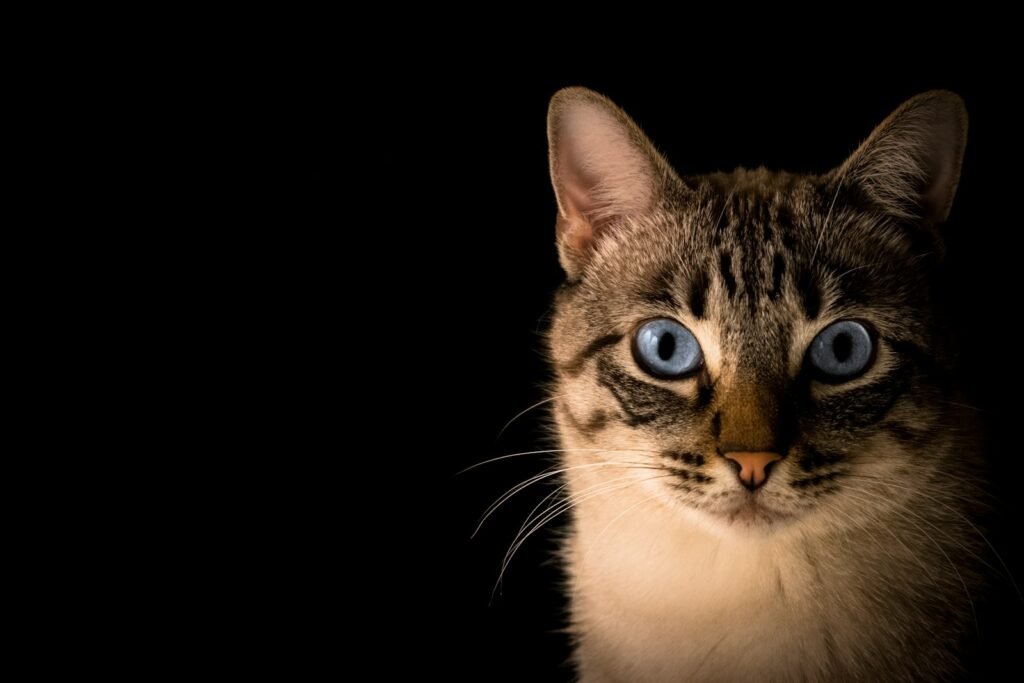
Cats have a rich evolutionary history that has contributed to their intelligence. Originating from wild ancestors, domesticated cats retain many traits from their predecessors, including their sharp senses and adaptability. Over time, these traits have been fine-tuned through natural selection, enabling cats to develop a remarkable ability to learn and solve problems to survive and thrive in various environments.
Cognitive Landscapes: How Cats Think
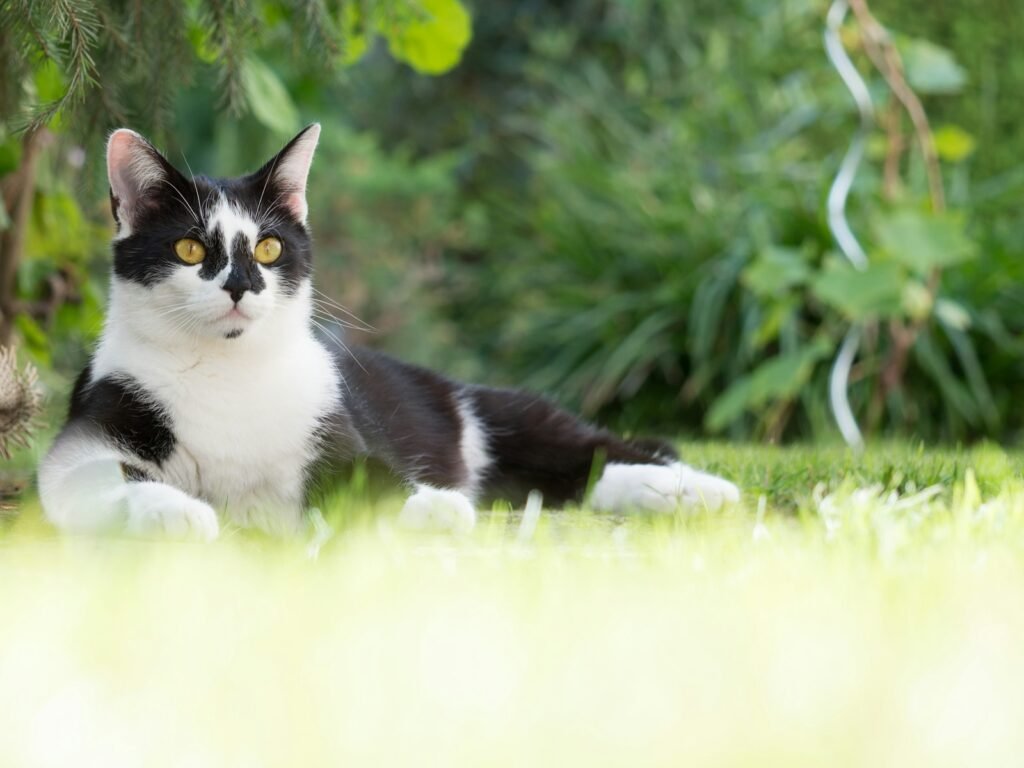
Cats’ cognitive processes are often compared to those of young children. They possess the ability to understand cause and effect, which allows them to manipulate their environment effectively. This cognitive ability is evident when cats learn to open doors, operate simple mechanisms, or even find hidden objects, showcasing their adeptness at problem-solving.
Problem-Solving Skills in Cats
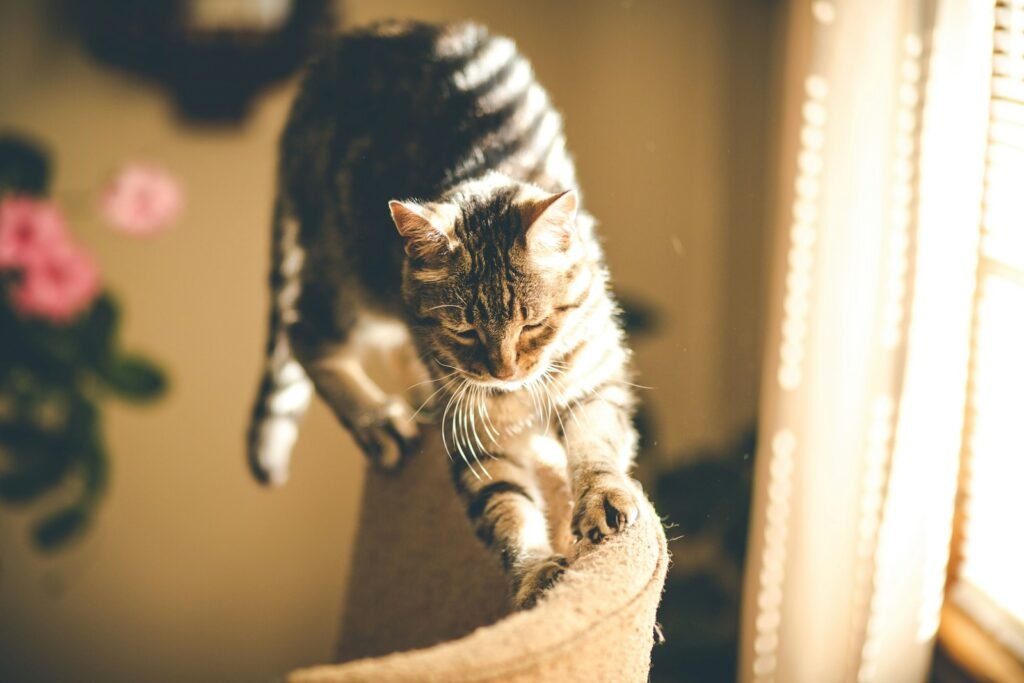
Cats are natural problem solvers, often engaging in complex tasks that require planning and strategy. They are adept at using trial and error to achieve their goals, whether it’s figuring out how to access food in a tricky container or how to navigate around obstacles. These skills highlight the cat’s capability to approach challenges thoughtfully and persistently.
Memory Mechanisms: Short-Term vs. Long-Term Memory
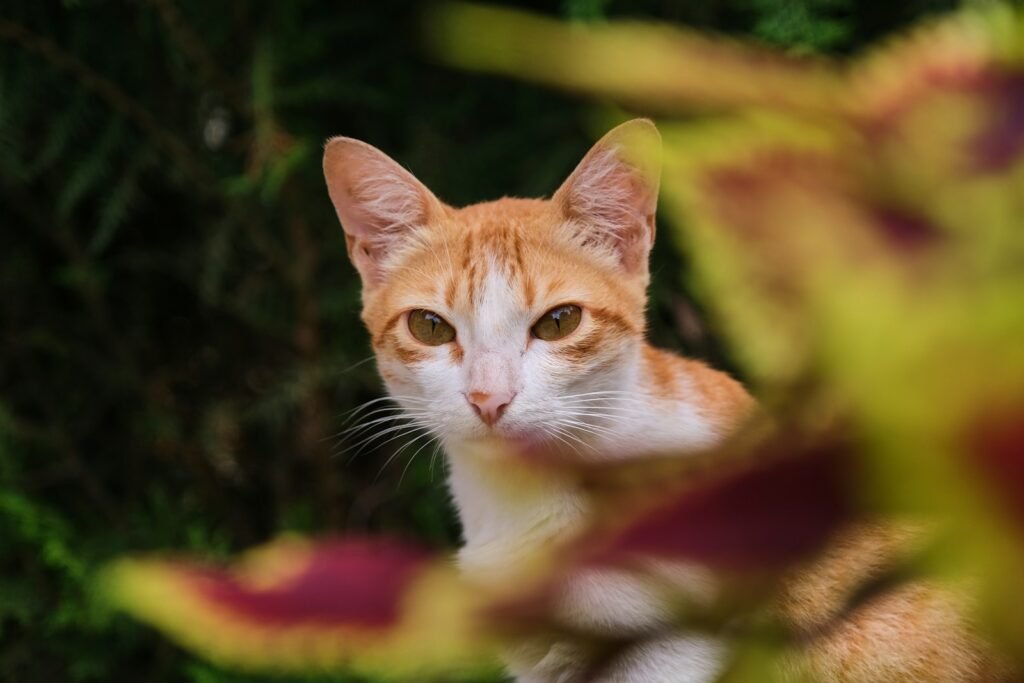
Memory in cats can be categorized into short-term and long-term memory. Short-term memory helps them in immediate situations, allowing them to remember the location of a toy or food. Long-term memory, however, is where cats truly shine. They have the ability to remember events, people, and other animals for extended periods, which is essential for their survival and social interactions.
The Role of Play in Cognitive Development
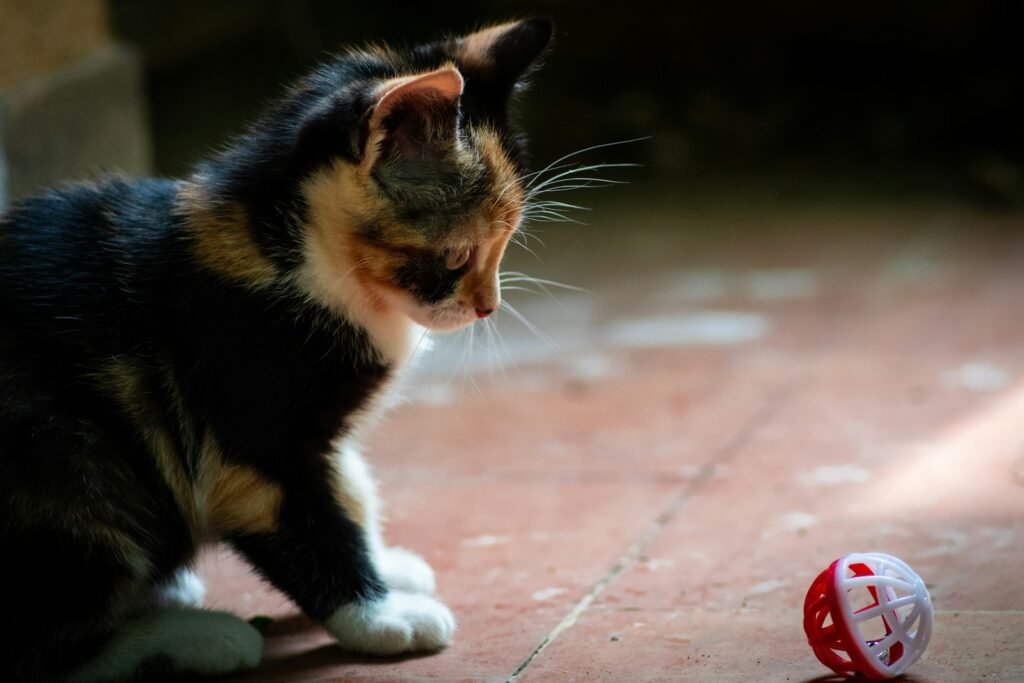
Play is crucial for a cat’s cognitive development, as it not only provides physical exercise but also mental stimulation. Through play, cats practice their hunting and problem-solving skills. Toys that challenge cats intellectually can help enhance their cognitive abilities by prompting them to devise strategies and solve puzzles.
Social Intelligence and Communication Skills
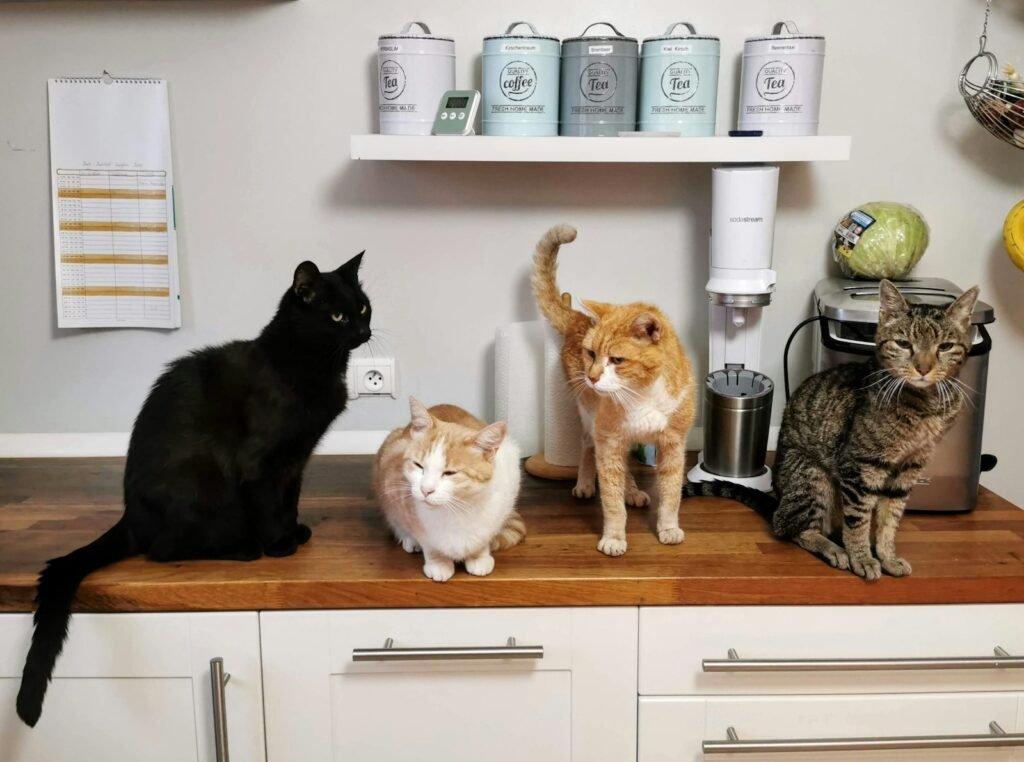
Cats are often viewed as solitary animals, but they possess a significant level of social intelligence. They communicate with humans and other animals through a range of vocalizations, body language, and behaviors. Understanding these signals is key to deciphering their thoughts and emotions, which reflect their ability to adapt to social interactions.
Training and Learning: Beyond Basic Commands

While cats are not as easily trainable as dogs, they are capable of learning a variety of commands and tricks. Positive reinforcement techniques are particularly effective, as cats respond well to rewards and encouragement. This learning process involves a combination of memory, attention, and problem-solving abilities, showcasing their cognitive prowess.
Environmental Enrichment and Cognitive Health
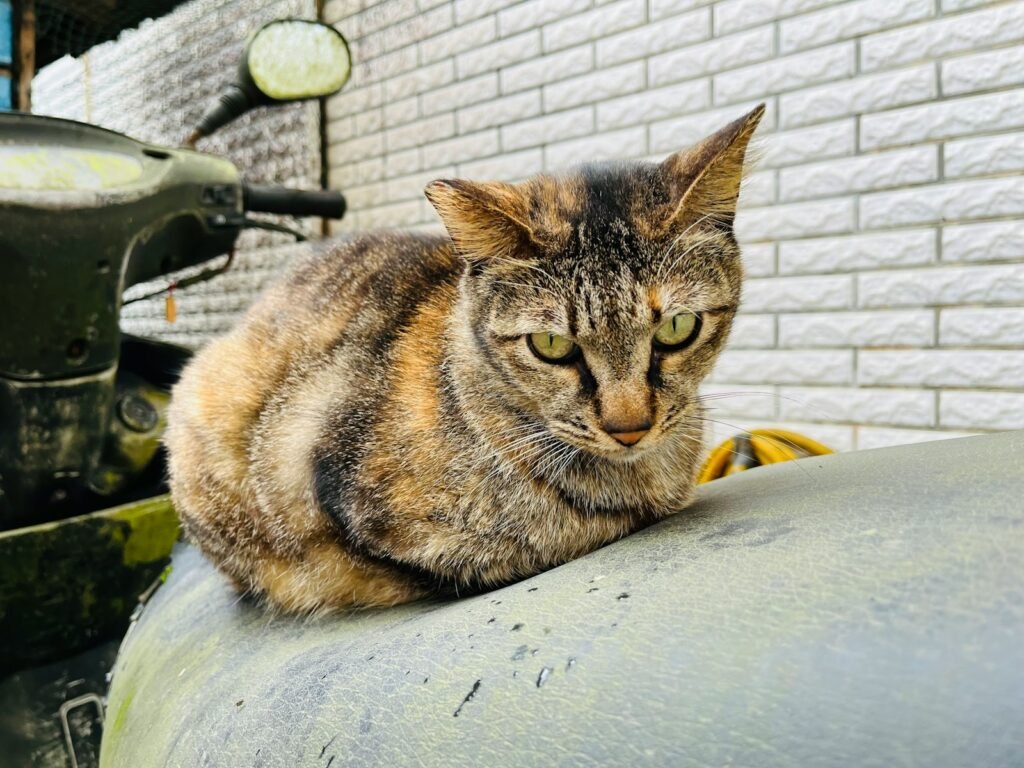
Providing an enriched environment is essential for maintaining a cat’s mental health and cognitive vitality. Interactive toys, puzzle feeders, and platforms for climbing stimulate a cat’s mind and body, prevent boredom, and encourage natural instincts. Environments that challenge a cat keep their problem-solving skills sharp and contribute to their overall well-being.
Research Insights and Future Directions
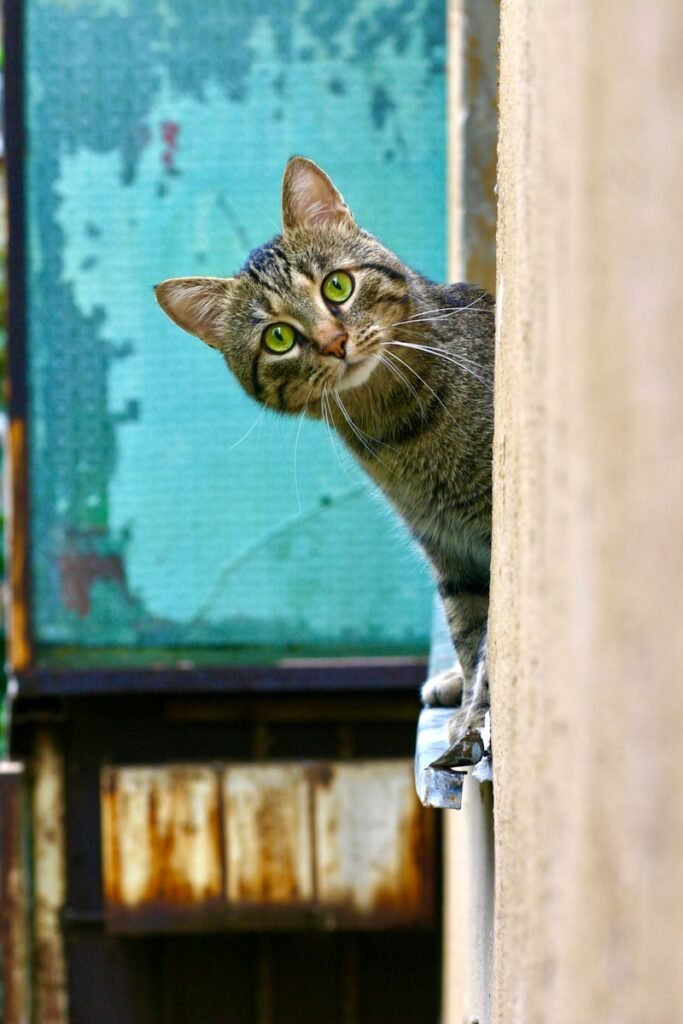
Researchers continue to unravel the complexities of feline cognition, conducting studies to understand better how cats think, learn, and remember. This growing body of research is vital for improving cat care practices and enhancing the human-animal bond. As science progresses, it promises to uncover deeper insights into the hidden intelligence of cats, paving the way for more enriching and fulfilling interactions between cats and humans.
Conclusion: Embracing Feline Smarts
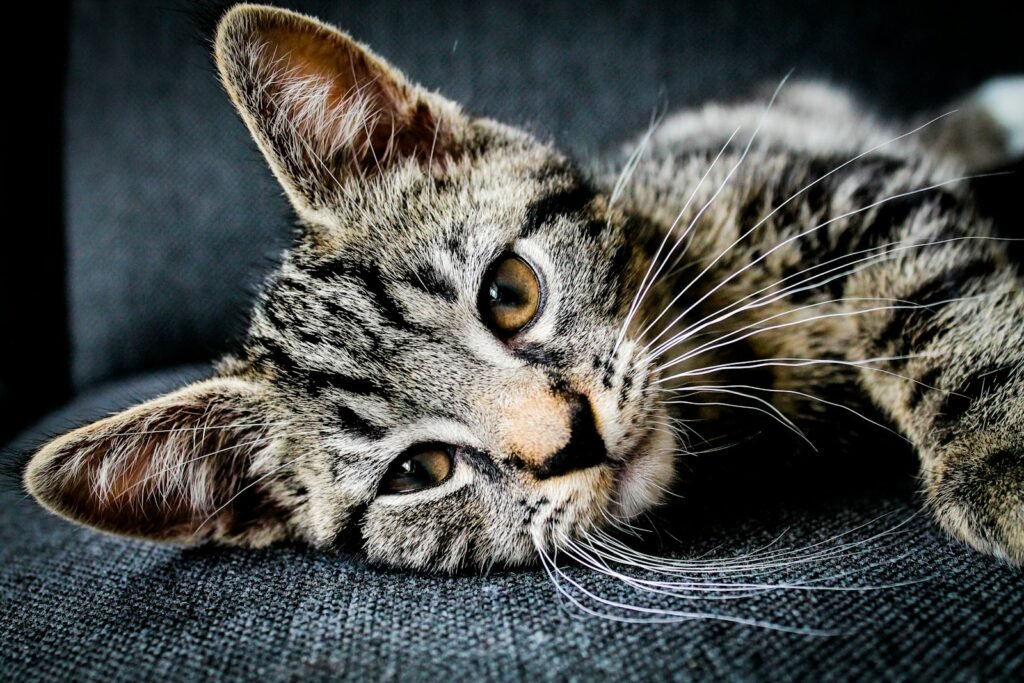
The hidden intelligence of cats is a testament to their evolutionary success and adaptability. By understanding their problem-solving skills and memory competencies, we gain a deeper appreciation for these fascinating animals. As companions, cats provide us with endless opportunities to engage with their intellectual world, fostering a relationship that is as rewarding as it is enlightening.

Linnea is a born and bred Swede but spends as much time as possible in Cape Town, South Africa. This is mainly due to Cape Town’s extraordinary scenery, wildlife, and atmosphere (in other words, because Cape Town is heaven on earth.) That being said, Sweden’s majestic forests forever hold a special place in her heart. Linnea spends as much time as she can close to the ocean collecting sea shells or in the park admiring puppies.




